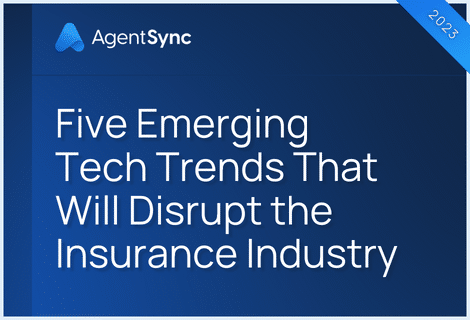

The National Association of Insurance Commissioners (NAIC) in its 150th year is still executing on its mission of providing standardization, education, and best practices in the world of insurance – something it sought to foment with Part 1 of the NAIC 2021 Insurance Summit.
Part 1 was fully remote, with all six conference days (June 15-17, 22-24) comprising digital presentations by industry professionals. Part 2 of the NAIC 2021 Insurance Summit will follow in September in Kansas City, and boasts a “hybrid” schedule, with both in-person and remote opportunities.
2-part NAIC Insurance Summit to provide expanded insurance education opportunities
In his opening remarks to kick off the summit, Mike Consedine, NAIC president, addressed the two-part conference and varied presentation media.
“The NAIC and NIPR have a history of working hard to uniquely address the issues that impact the industry consumers and regulators,” Cosedine said. “Expanding the insurance summit this way allows us to keep the educational opportunities we planned on in June while further expanding in-person benefits and continuing education sessions in September.”
The hybrid schedule of September will “signal a turn to our collective ‘new normal,’” Consedine said, so in-person participants can get the benefits of networking while also allowing digital participation for an expanded audience.
“The pandemic silver lining is, we’ve gotten good at this and will continue to apply lessons learned,” he said.
COVID impact felt in Part 1 sessions
Aside from being virtual thanks to the effects of the pandemic, the residue of COVID-19 in the insurance industry was apparent in other ways throughout the sessions. From low inflation and pandemic risks affecting product pricing to the increased focus on digital accessibility, the summit frequently spotlighted the ways insurance markets are affected by and have adapted to the challenges of the global pandemic.
Digital accessibility
The NAIC’s push to make it easier to work across borders and across states was on full display in various sessions.
This is true of the discussion of the National Association of Registered Agents and Brokers Reform Act of 2015 (NARAB II). NARAB II aimed to offer genuine reciprocity for nonresident state licenses. Like an interstate insurance producer licensing passport, NARAB II wouldn’t have affected resident state license requirements for insurance producers but would have made it simpler to work in nonresident states without memorizing their particular changing renewal requirements and standards.
While the conference made it clear that NARAB II is currently stalled and not likely to go anywhere soon, presenters underscored the need for this or similar regulation: In just two years – 2018 to 2020 – independent agents licensed in multiple states rose from 59 percent to 65 percent.
NIPR is also part of the push for increased accessibility, adding a chat function and more self-service and self-reporting options than ever. NIPR has also added the ability to save more documents for licensing support with its Attachment Warehouse tool.
Some sessions focused on presentation styles and changing regulations to address the prevalence of Zoom as a tool for insurance sales and meetings. Others addressed how artificial intelligence could be ethically used to prevent fraud while cautioning against using AI and business intelligence data in insurance to unintentionally discriminate against vulnerable populations.
Changing economic models
Nationwide, supply chains in 2020 were disrupted by sickness, employers and employees negotiated how to handle coronavirus exposures on the job, and many businesses were temporarily or permanently shut down. Real estate is experiencing what is likely an extreme bubble while tenants and landlords negotiate missed rents and unpaid tax burdens. On top of it all, the national inflation rate continues a lifeless flatline.
Naturally, the confluence of these challenges plays out in insurance, as well. How do you price permanent life insurance policies or annuity contracts when there are no signs of moderate inflation? How do you assess increasing digital risks and lower real estate ownership for businesses in the P&C game?
Presenters took their best swing at these and other questions concerning how changing economic models for insurance would impact both the front-end of insurance sales and the back-end of the industry for investing, reinsurance, and reserves.
Climate change
In a departure from the heavy influence of the pandemic on the sessions, there were also many sessions dedicated to the increase in climate-influenced events.
With several sessions guided by officials from the Federal Emergency Management Agency, the titles of climate-related sessions were straight up Old Testament. Floods, fires, and earthquakes all had their day. Earthquakes are on the rise, and, while most panelists declined to speculate on the reason, they were comfortable attributing the increasing instances of massive fires near the West Coast to a changing climate.
With the prevalence of flooding and some coastal regions losing ground to rising sea levels, floods featured prominently in several discussions on how and why insurers and states are re-evaluating P&C models. While one session raised the question of whether P&C insurance would still remain profitable (spoilers: it probably will), others addressed methods of training for floodplain management.
We’re certainly biased in that we believe digital transformation is key to being easy to work with, we’re also looking forward to seeing people in person at NAIC 2021 Insurance Summit Part 2 in Kansas City. Look for us there, and in the meantime, if you’d like to skip out on some of the license and compliance best practices panels of future conferences, let us handle that part for you.

